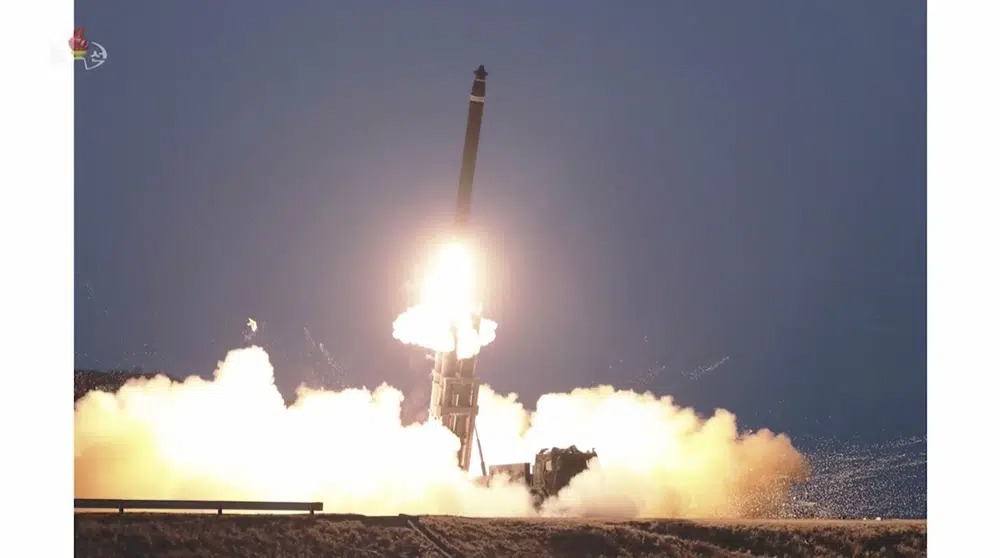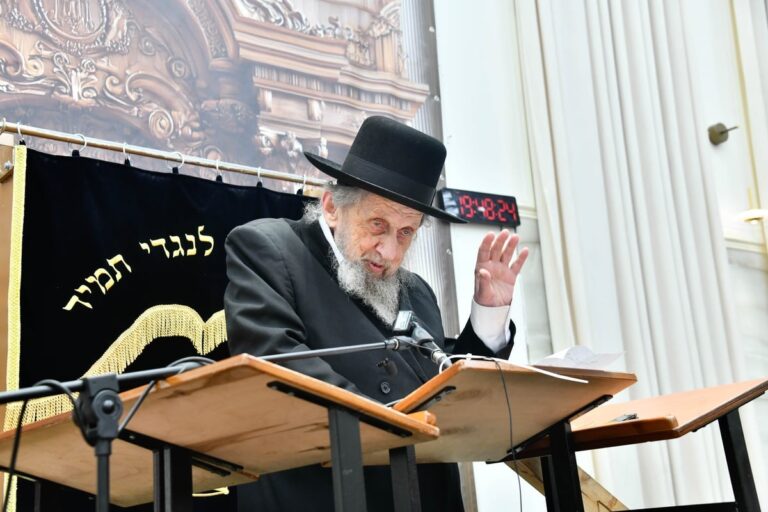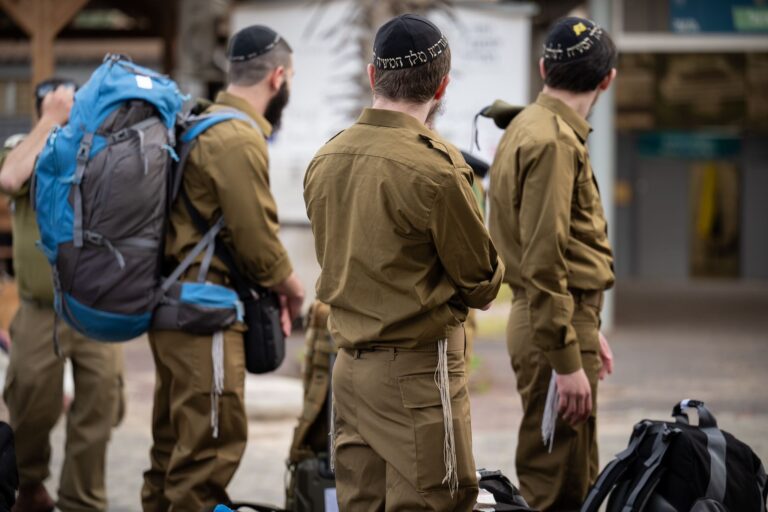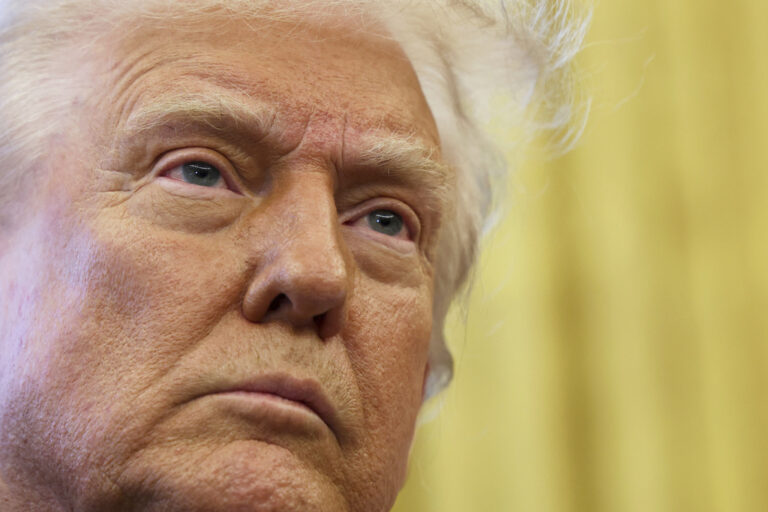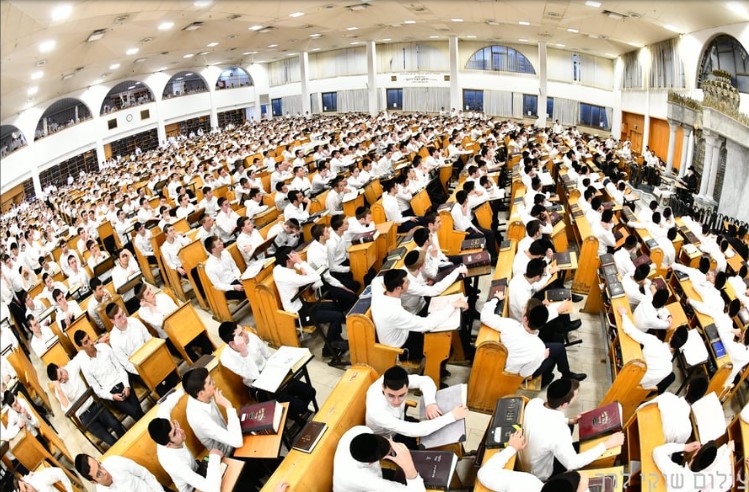North Korea fired two short-range ballistic missiles into the sea east of the country Monday in its second test launch in three days, prompting Japan to request an emergency meeting of the U.N. Security Council.
The launches continue a tit-for-tat exchange that began Saturday, and follow a year in which North Korea launched more than 70 missiles, the most ever. Pyongyang has recently escalated nuclear threats and threatened an “unprecedentedly” strong response to annual U.S.-South Korea military drills, which it views as preparation for an invasion.
South Korea’s military said it detected two missile launches Monday morning from a town on North Korea’s west coast, which were later confirmed by North Korean official media. Japan said both missiles landed in waters outside Japan’s exclusive economic zone and that no damage to aircraft or vessels in the area was reported, but they flew distances that suggest most of South Korea is in range.
The tests follow an intercontinental ballistic missile launch Saturday, the country’s first since Jan. 1, and a U.S. bomber flight over the Korean peninsula conducted in response Sunday.
Both South Korea and Japan condemned recent North Korean launches as threats to international peace and violations of U.N. Security Council resolutions that ban any ballistic activities by North Korea. Japanese Prime Minister Fumio Kishida told reporters that Tokyo was requesting an emergency Security Council meeting to respond to recent North Korean launches.
An initial Security Council briefing led by Assistant Secretary-General for political affairs Khaled Khiari was set for later Monday.
Further council action against North Korea is unlikely. China and Russia, both veto-wielding powers embroiled in confrontations with Washington, opposed U.S.-led attempts to add fresh sanctions last year.
“The frequency of using the Pacific as our firing range depends upon the U.S. forces’ action character,” Kim Yo Jong, the powerful sister of North Korean leader Kim Jong Un, said in the official translation of a statement carried by state media. “We are well aware of the movement of U.S. forces’ strategic strike means, (which are) recently getting brisk around the Korean Peninsula.”
She likely referred to Sunday’s U.S. flight of B-1B long-range, supersonic bombers for separate training with South Korea and Japan, conducted in response to North Korea’s Saturday ICBM test.
North Korea typically responds to U.S. B-1B flights, which can carry a huge payload of conventional weapons, with aggressive statements or military demonstrations of its own.
Japan’s Chief Cabinet Secretary Hirokazu Matsuno said that North Korea may make further provocations, such as more missile launches and nuclear tests.
In her statement earlier Sunday, Kim Yo Jong threatened to take additional “powerful” steps over upcoming military drills between the United States and South Korea.
North Korea has said many of its previous weapons tests were warnings over U.S.-South Korean military drills.
The South Korean and U.S. militaries have conducted larger and more frequent drills this year, in response to escalating missile tests, and because concerns about COVID-19 are receding. The two militaries plan to hold a table-top exercise this week to hone a joint response to use of nuclear weapons by North Korea. The allies also plan to conduct a joint computer simulated exercise and field training in March.
North Korea has repeatedly condemned regular South Korea-U.S. military drills as practice for an invasion, though the allies say their exercises are defensive in nature. Some observers say North Korea often uses its rivals’ drills as a pretext to test and improve its weapons systems. Many experts believe that North Korea ultimately plans to win international recognition as a legitimate nuclear state to get international sanctions lifted and receive other outside concessions.
Hours after Monday’s launches, South Korea’s Foreign Ministry said Seoul placed unilateral sanctions on four individuals and five institutions it said were involved in illicit activities supporting the North’s nuclear arms development and evasion of sanctions. South Korean President Yoon Suk Yeol’s government has placed sanctions on 31 individuals and 35 organizations, mostly from North Korea, for supporting the North’s nuclear ambitions, but these steps are mostly symbolic since the two countries do not have business ties.
The U.S. Indo-Pacific Command said the new launches highlight “the destabilizing impact” of North Korea’s unlawful weapons programs. It said the U.S. commitments to the defense of South Korea and Japan “remain ironclad.”
The North said the tests involved the new 600-millimeter multiple rocket launcher system, which could be armed with “tactical” nuclear weapons for battlefield use. South Korean defense officials describe the weapons system as a short-range ballistic missile.
The official Korean Central News Agency said the tests simulated strikes on targets up to 395 kilometers (245 miles) away.
According to Japanese and South Korean assessments, the North Korean missiles flew at a maximum altitude of 50-100 kilometers (30-60 miles) and a distance of 340-400 kilometers (210-250 miles).
North Korea has claimed to have missiles capable of striking both the U.S. mainland and South Korea with nuclear weapons, but many foreign experts have said North Korea still has not mastered some key technologies, such as building warheads small enough to be mounted on missiles and ensuring those warheads survive atmospheric reentry.
In her statement Monday, Kim Yo Jong reiterated that North Korea has reentry vehicle technology. She also hit back at South Korean experts who questioned whether North Korea’s ICBMs would be functional in real-war situations.
(AP)

